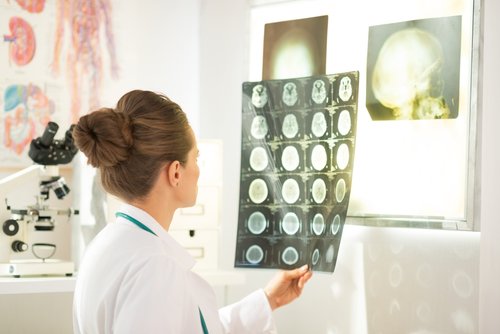Alzheimer’s Development Captured Using PET, MRI Imaging
Written by |

 In a recent study entitled “Longitudinal PET-MRI reveals β-amyloid deposition and rCBF dynamics and connects vascular amyloidosis to quantitative loss of perfusion” the authors developed a new imaging protocol that allows detection and examination of Alzheimer’s Disease typical beta-amyloid plaques. The study was published in the online issue of NatureMedicine.
In a recent study entitled “Longitudinal PET-MRI reveals β-amyloid deposition and rCBF dynamics and connects vascular amyloidosis to quantitative loss of perfusion” the authors developed a new imaging protocol that allows detection and examination of Alzheimer’s Disease typical beta-amyloid plaques. The study was published in the online issue of NatureMedicine.
Alzheimer’s (AD) is a neurodegenerative disease characterized by extracellular beta-amyloid (β-amyloid) deposits, forming the amyloid plaques that are considered a fundamental cause for the disease. Thus, it is essential to detect the onset of β-amyloid deposition and its associated effects, such as regional cerebral blood flow (rCBF). In this study, the team of neuroscientists led by Professor Bernd Pichler of the Werner Siemens Imaging Center at Tübingen University’s Department of Preclinical Imaging and Radiopharmacy, developed a new imaging protocol that allowed the researchers to follow the formation of amyloid plaques in the brain of two transgenic mouse models for AD. The new protocol combines two non-invasive techniques — positron emission tomography (PET) and magnetic resonance imaging (MRI).
During the lifetime of the mice, the authors examined their brains with two different amyloid deposition patterns — one restricted to brain tissue, and the other where the deposition occurred both in the brain tissue and in the cerebral vessels.
Florian Maier of the Werner Siemens Imaging Center and study first author noted, “Only in the latter mice did we see the typical Alzheimer symptom of reduced blood flow in certain areas of the brain. Our data show that the amyloid plaque buildup in the cerebral vessels is the main factor behind the disruption of blood flow.”
Thus, the authors showed that the disease decline occurring due to rCBF is caused by β-amyloid deposition in cerebral vessels, with important clinical implications when examining AD patients.
Professor Bernd Pichler commented, “We have laid the groundwork for better diagnostics, especially when it comes to distinguishing Alzheimer’s-related dementia from other diseases. It would make sense to develop new treatment strategies, which reduce or prevent plaque formation.”





